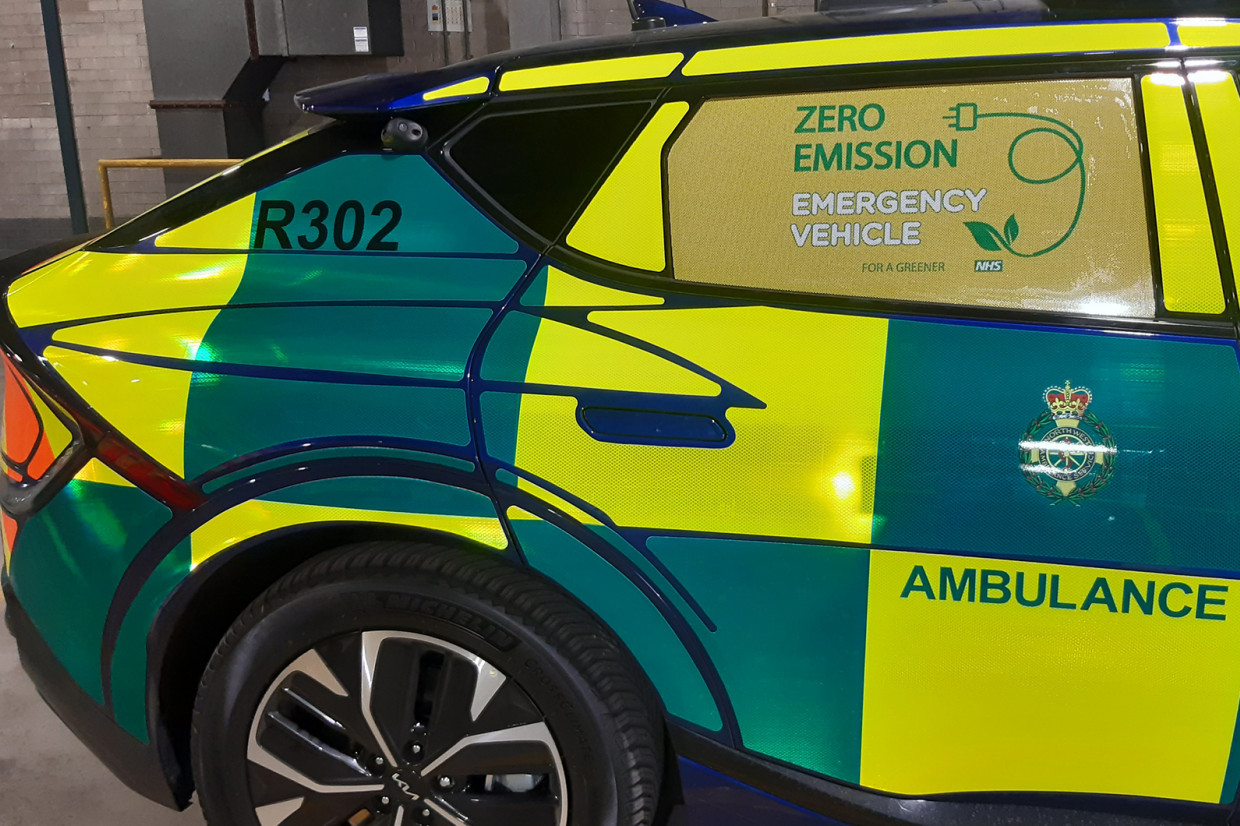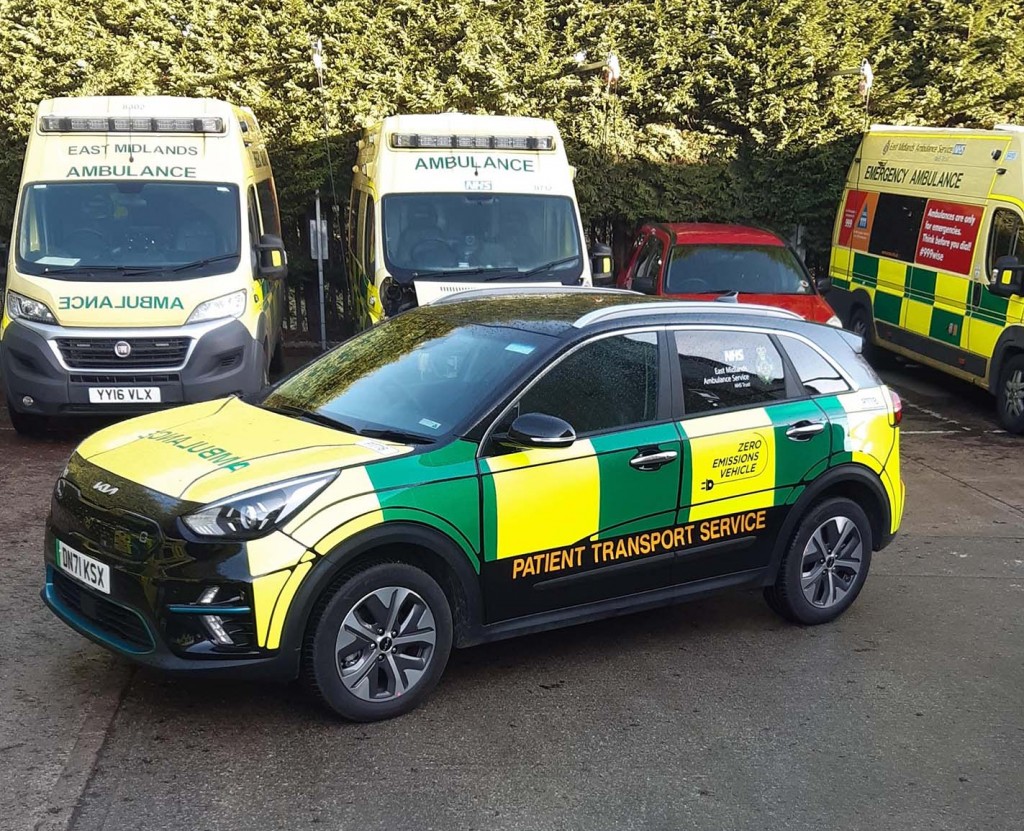
The National Health Service (NHS) is trialling 21 zero-emission vehicles across eight ambulance fleets – including six machines dedicated to cutting emergency response times for people with mental health needs.
The machines, which include a number of different types, are part of a £2.1 million investment in zero-emission vehicles, and is part of a plan for the NHS to achieve net zero by 2040.
The latest electric news in your inbox: subscribe to our FREE newsletter
They are currently being trialled by eight ambulance trusts across the UK, with the intent they will help the NHS cut costs and reduce the health impact of climate change due to their lack of tailpipe emissions.
The zero-emission fleet includes six new vehicles that are dedicated to mental health response, and are already in operation in the North West of England. Used as rapid response vehicles when someone is experiencing a mental health crisis, the vehicles still feature the required equipment to deal with life-threatening emergencies, but they have been designed to put patients at ease by featuring fewer fluorescent markings and a ‘less clinical’ interior.
The 21-strong ‘green fleet’ also includes vehicles equipped to help with less severe emergencies, and machines to transfer seriously ill patients to and from high dependency units. The NHS believes those machines will help relieve pressure on traditional ambulances.
James Cook, NHS England’s director for primary and community care, said the vehicles would “change the way we deliver care in the community – helping us see more patients whilst reducing demand on traditional double crewed ambulances. All while helping the NHS meet its broader green ambitions.”
Dr Nick Watts, who is in charge of sustainability for NHS England, added: “Each electric vehicle costs less to run and maintain, meaning these new vehicles will spend more time on the road and change the way we deliver care in the community.”
In May, the East Midlands Ambulance Service replaced its non-emergency vehicles – used for non-emergency medical or clinical support and patient transfer – with a fleet of Kia e-Niro (pictured below).

While various branches of the police have been using electric vehicles for some time, there has been slower uptake in the health services. Last year Ford showcases its new Venari ambulance, a sub 3.5-tonne Ford Transit-based machine that can be driven by the holder of a standard UK licence. While initially launched with a Diesel engine, Ford is working on an electric version that is based on the new Ford E-Transit.
READ MORE
Subscribe to the Move Electric newsletter
e-CARS
Video: Can the National Grid cope with a surge in electric vehicles?
e-BIKES
What to look for when buying an e-bike: Move Electric's top tips
The rise of Volt Bikes: 'when we launched, people thought we were mad'
e-MOTORBIKES
Maeving RM1 electric motorbike review
Q&A: Zapp founder on why electric mopeds are the future
Government plans 2035 ban on new non-zero emission motorbike sales
e-SCOOTERS
Tier to upgrade e-scooter fleet with a smart 'Parrot'
Q&A: Neuron Mobility's UK boss on e-scooters, safety and helmet selfies
e-WORLD
Polestar to supply battery tech to electric boat firm Candela
Engineering giant ABB working on electric Dover-Calais ferry
